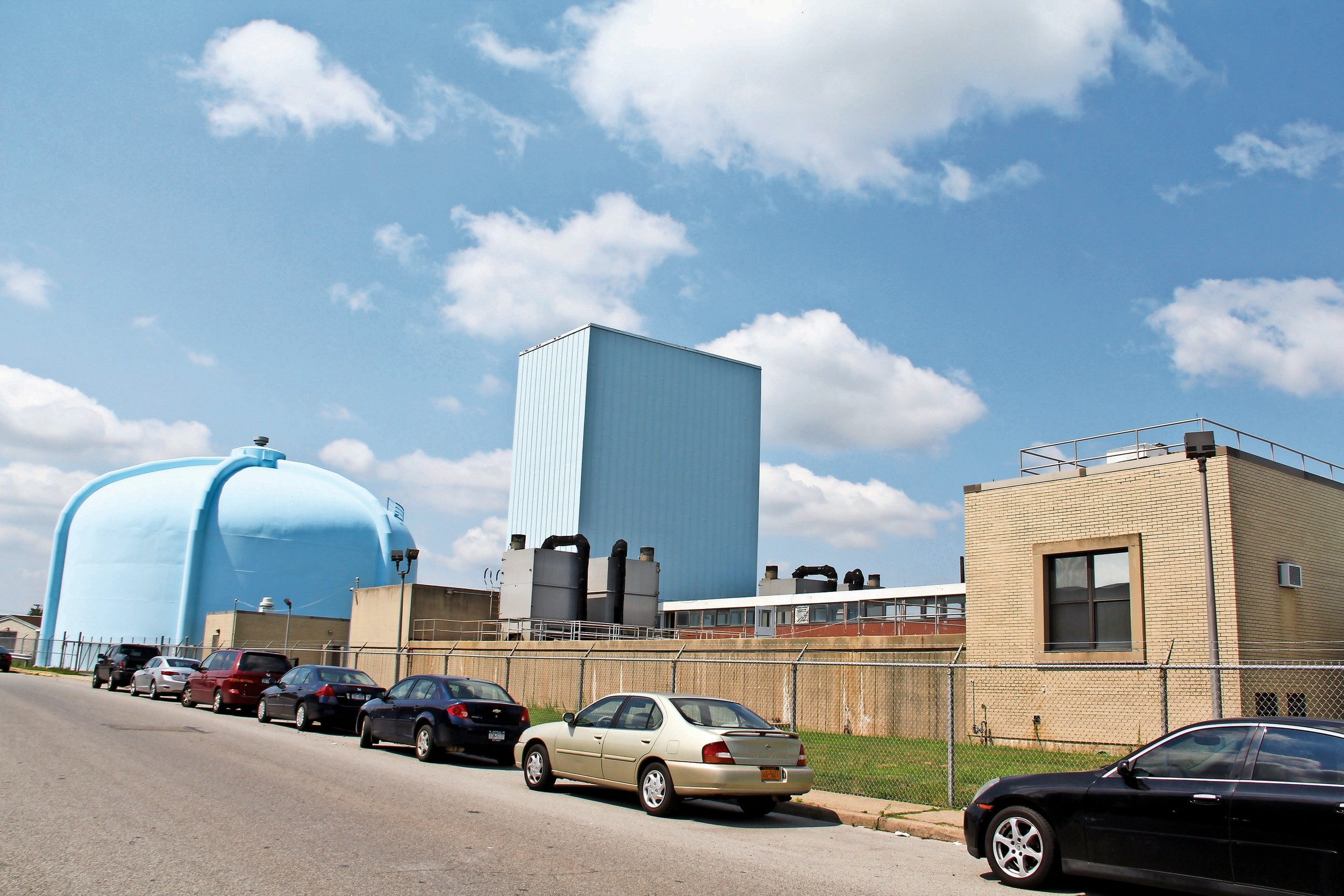City to vote on $6.3M bond to consolidate sewers
Will apply for state grants to fund sewage treatment services
Long Beach City Council members are pursuing an $18 million project to convert the city’s 70-year-old wastewater treatment plant into a pumping station that would stop the flow of waste into Reynolds Channel.
At a special meeting last Friday, City Council members Len Torres, Anthony Eramo and Chumi Diamond voted to schedule a public hearing on July 18 to discuss a measure that would allow the city to finance the proposed project and to vote on $6.3 million in bonds.
City officials, however, said they are hoping to fund the project entirely through grants. On June 20, the City Council approved a resolution to apply for two state Environmental Facilities Corporation grants that would be used to consolidate sewage treatment services with Nassau County.
If the grants were awarded, the city’s wastewater would be transported through an aqueduct under Sunrise Highway to the Bay Park Water Reclamation Facility to be treated, and then to the Cedar Creek Wastewater Treatment Plant, in Wantagh, and pumped into the Atlantic Ocean through an ocean outfall pipe.
“Once it’s there, all the treated wastewater can properly dilute in the Atlantic Ocean,” Corporation Counsel Robert Agostisi said.
Adrienne Esposito, executive director of Citizens Campaign for the Environment, and other activists have said for years that the dumping of effluent — or treated sewage — into Reynolds Channel is to blame for the high nitrogen and ammonia levels in the Western Bays.
Nitrogen and ammonia accelerate seaweed growth, which removes dissolved oxygen from the water and kills marine life.
The current water treatment plant in Long Beach is obsolete and struggled for years to meet current water treatment standards and state Department of Environmental Conservation regulations, the city said. Additionally, to meet new DEC regulations, the facility would have to undergo between $30 million and $50 million in upgrades. The current plant is also a pollution risk during storms as severe as Hurricane Sandy.
City officials said the project would stop the dumping of about 60 million gallons per day of effluent, with more than 15 tons of pollutants, into Reynolds Channel and the Western Bays. Agostisi said that the dilution of the effluent would reduce nitrogen and ammonia levels in the bays.
“If Long Beach can connect to Bay Park, where [Nassau County] is installing state-of-the-art denitrification technology, it will reduce nitrogen discharge by half,” Esposito said. “If the aqueduct can connect Bay Park to Cedar Creek, it will result in the restoration of the bays. We believe it will change the course of history for Reynolds Channel and the Western Bays.”
City Council members proposed the bonds on Friday in order to meet the deadline for an $11 million state grant. The bonds would still need to be approved by four of the five council members at the next meeting.
“The City Council approved the applications for these grants to protect and safeguard our waters and natural resources for future generations,” Diamond said. “It’s also critical that we eliminate the financial risks associated with future upgrades to the Long Beach Wastewater Treatment Plant.”
A potential inter-municipal agreement with Nassau County could supply Long Beach with an additional $3.7 million.
“This is the first real good handshake between county, state and Long Beach to remove effluent from Reynolds Channel,” said local environmentalist Scott Bochner, who thanked the City Council for its efforts. “Once the bays are restored, there will be a major economic impact for the City of Long Beach.”






